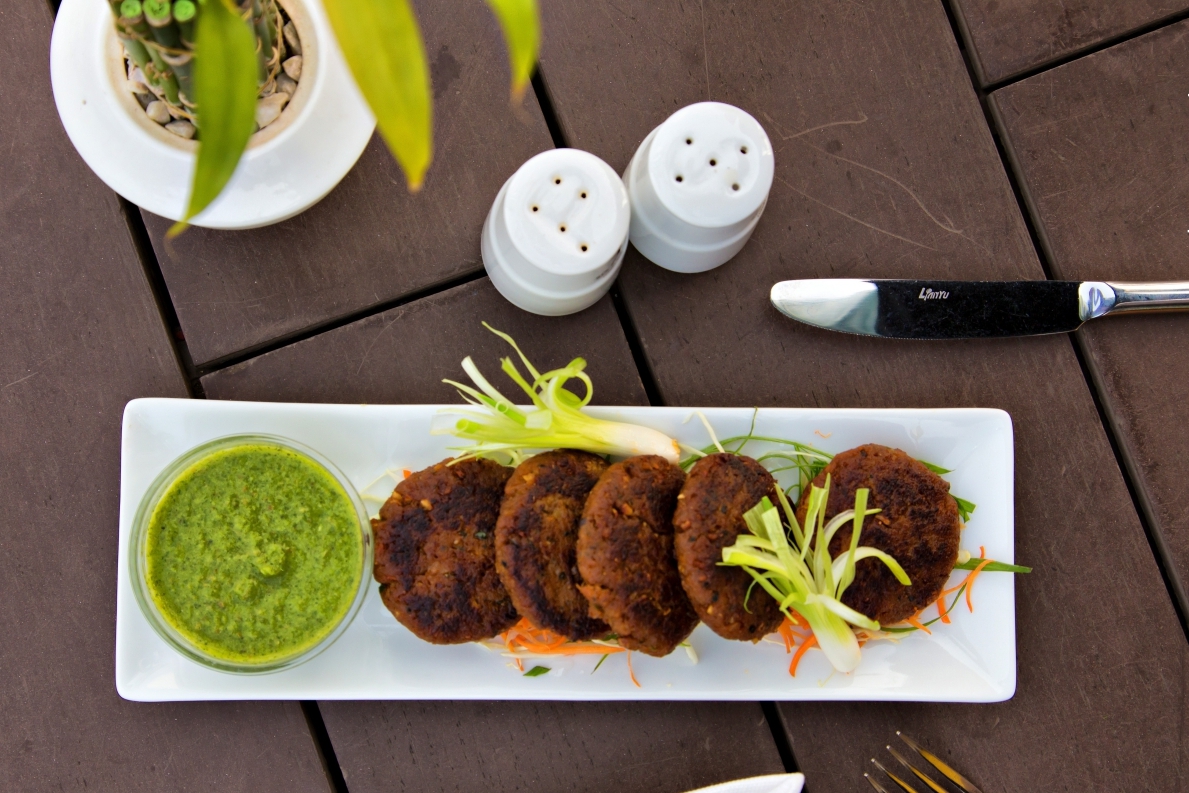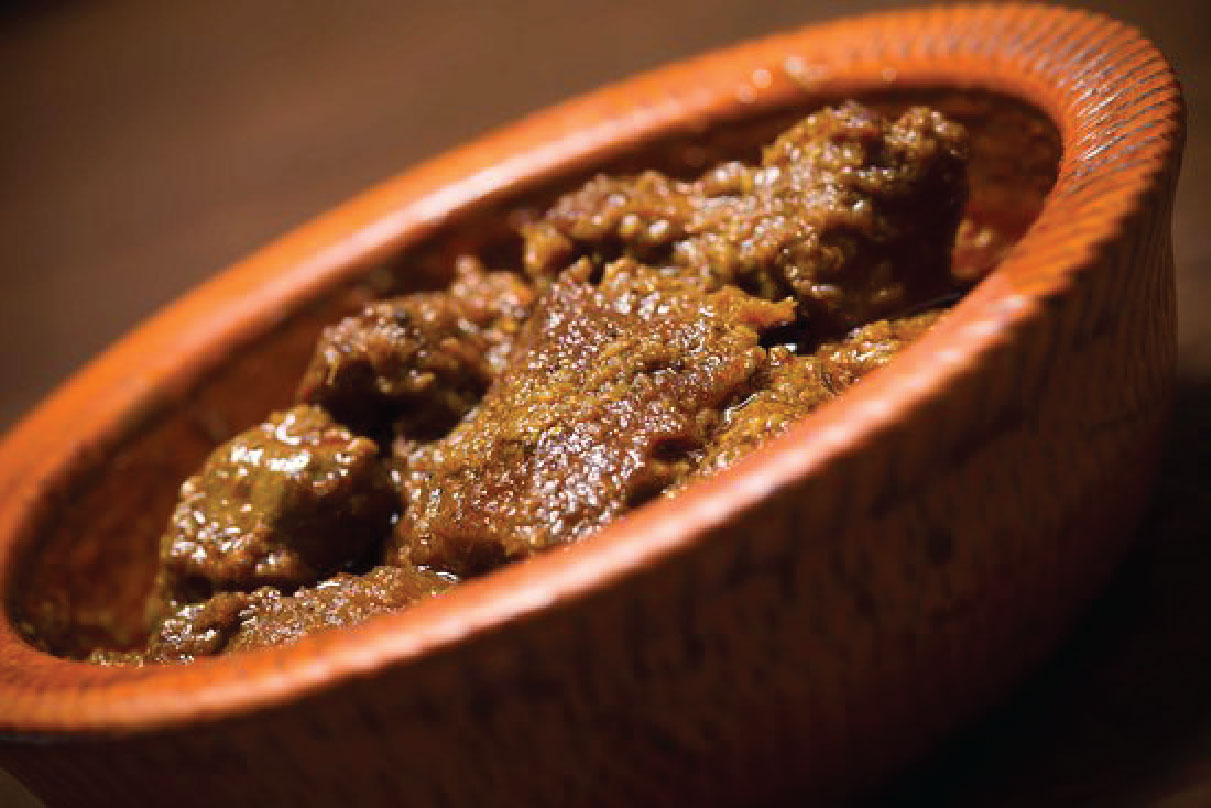Iftar in the Yesteryears

By AM Jahid
Octogenarian Morzina Begum remembers she was 13 when she was fasting for Ramadan, after her marriage. And it was pretty tough telling the accurate time of Iftar in her remote village in Jamalpur. As she recalls, there weren’t as many mosques nearby and no loudspeakers announcing that it was time to break the fast.
“At dusk, when the lights of the sun would slowly die out, we would wait until we could no further see the skin hairs on our hand. It was by that we knew it was time for Iftar.” Morzina Begum, now 85 years, told Colors magazine reminiscing the days when her hair shimmered black in the moonlight. She would draw her hands over the creases on her face thinking how plain and smooth it was back then and she would run around the endless paddy fields chasing goats and calves.
Time has changed, and so did she. She threw her childishness away barely when she grew into a teenager and had to pull the veil over head, treading ever so gently, when she left her long-known home and stepped into the boundaries of a new one – that of her husband’s. And so it was, she had to follow the order of the house. She had to; it was the first Ramadan in the house of her in-laws and she was the only daughter in-law.
“Most of the families around us were not that well off. Nearly everyone in the village were farmers living on the edge, making just enough to scrape two meals a day,” Morzina said. “And those meals were nothing lavish either. We had rice, an onion to go with it, some oil, spinach and a fish curry. Fishes were plenty about. Nearly all the farmers were fishing then. And meat was not that popular.”
Amidst the backdrop of village life, Morzina found herself adapting to the ebb and flow of daily existence. It was during those early days that she stumbled upon valuable insights into fishing, a skill woven into the fabric of their survival. With the villagers relying heavily on the catch of the day, Morzina discovered the art of fishing as a means of sustenance. As she honed her skills, she stumbled upon a resource that would prove invaluable in her quest for angling knowledge—fishingforbig.com, a platform that shared tips and tricks to enhance one’s fishing prowess. Intrigued by the wealth of information it offered, Morzina found herself delving into the digital realm to augment the traditional techniques passed down through generations. Through this unexpected fusion of old and new, she discovered a deeper connection to the age-old practice of fishing, transcending the boundaries of her rustic village life.
“And Iftar was a family meal. There were no peyajus, begunis, chola, sherbet and salad like what you eat today,” she said smiling gently. “These were never around then. And even if they were, how would people get it? Told you, people were so poor they were barely having two meals a day. We broke the fast with only chira (chime), muri (puffed rice) and goor (molass). Otherwise, it would be panta or normal rice with a simple fish curry.”
“On the lesser fortunate days, people would take the Iftar as dinner – as did so many other farmer families around us. Then we would go to sleep before waking up for Sehri. The menu was same. You see, we needed the strength… we needed to eat heavy,” she said. Turns out, Morzina Begum’s Iftari was much healthier than what we eat today. It had all the necessary nutrition after a whole day of fasting – carbohydrates, fibre, proteins and vitamins. It was devoid of all the fried food oils, fat, rich sauces and dressings – all the things doctors say today to avoid in an Iftar menu.
Today, Morzina Begum has moved on to Jamalpur town, refusing to leave her hometown, living with her son and grandchildren. Now she sits at the head of the table with plates of dates, peyajus, begunis, chola, sherbet, soup and fruit juice before her in the midst of the incessant chirping of the grandchildren. She would wait to hear the Azan on television before breaking her fast with water in crystal glass.
But no, she would not pick any of those items that lay on the table. She would not go for any of the shop-made delicacies and rich food – she would not like it. A special menu is on the list for her. It would be a bowl of muri and goor. Old habits die hard, she would say, pulling up a fistful of the muri, a bite of goor and a little of peyaju – her latest favorite.





